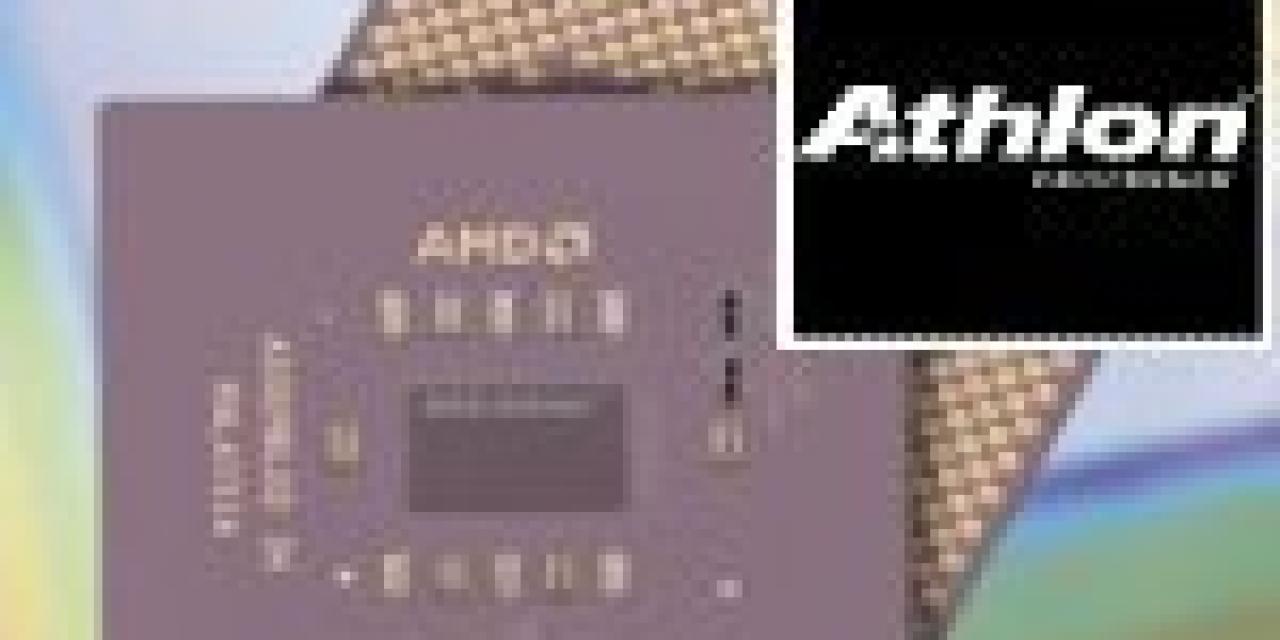
Advanced Micro Devices is about to take the Athlon platform to the next level.
AMD, unveilled the AMD 760, a chipset which increases the speed of the microprocessor bus to 266-MHz, while adding support for faster double-data-rate (DDR) memory. The company will also unveil complementary Athlon microprocessors that use the new bus.
While Intel wraps itself in logistical and contractual knots over its decision to use Direct Rambus memory, AMD has selected DDR, an allegedly cheaper alternative to Direct RDRAM. According to AMD executives, DDR's bandwidth -- 1.6 Gbytes/s at its slowest speed grade -- matches up well with AMD's gigahertz Athlon processors.
"We started on DDR two years ago," said Mark Bode, divisional marketing manager for AMD's office in Austin, Tex. "We wanted to expand the memory bandwidth and give customers additional performance at a reasonable cost within a mainstream platform. We think DDR meets all of these requirements."
The products should start to appear in PC systems during November, with even more OEMs obtaining both the chipsets and microprocessors during the first quarter of 2001, Bode said. Third-party motherboards will be manufactured through AMD's lead partner, Gigabyte, and then later by Aopen and other manufacturers.
To date, AMD's chipset strategy hasn't been designed primarily to turn a profit, but to seed the market with the appropriate technology, Bode said. For example, AMD manufactured the AMD 750, the first chipset to support the EV6 bus the Athlon uses. Now, however, Via Technologies Inc., Acer Laboratories Inc., and Silicon Integrated Systems Inc. are either shipping or have committed to Athlon chipsets, and AMD has moved on.
"If we're still shipping the AMD 750, it's in limited quantities," Bode said.
The AMD 760 supports both the 1.6-Gbytes/s PC1600 DDR memory, as well as the faster PC2100 version, which transfers 2.1 Gbytes/s. The 760 also is the first AMD chipset to feature technologies commonly used by other chipset suppliers, such as a 4X Accelerated Graphics Port.

